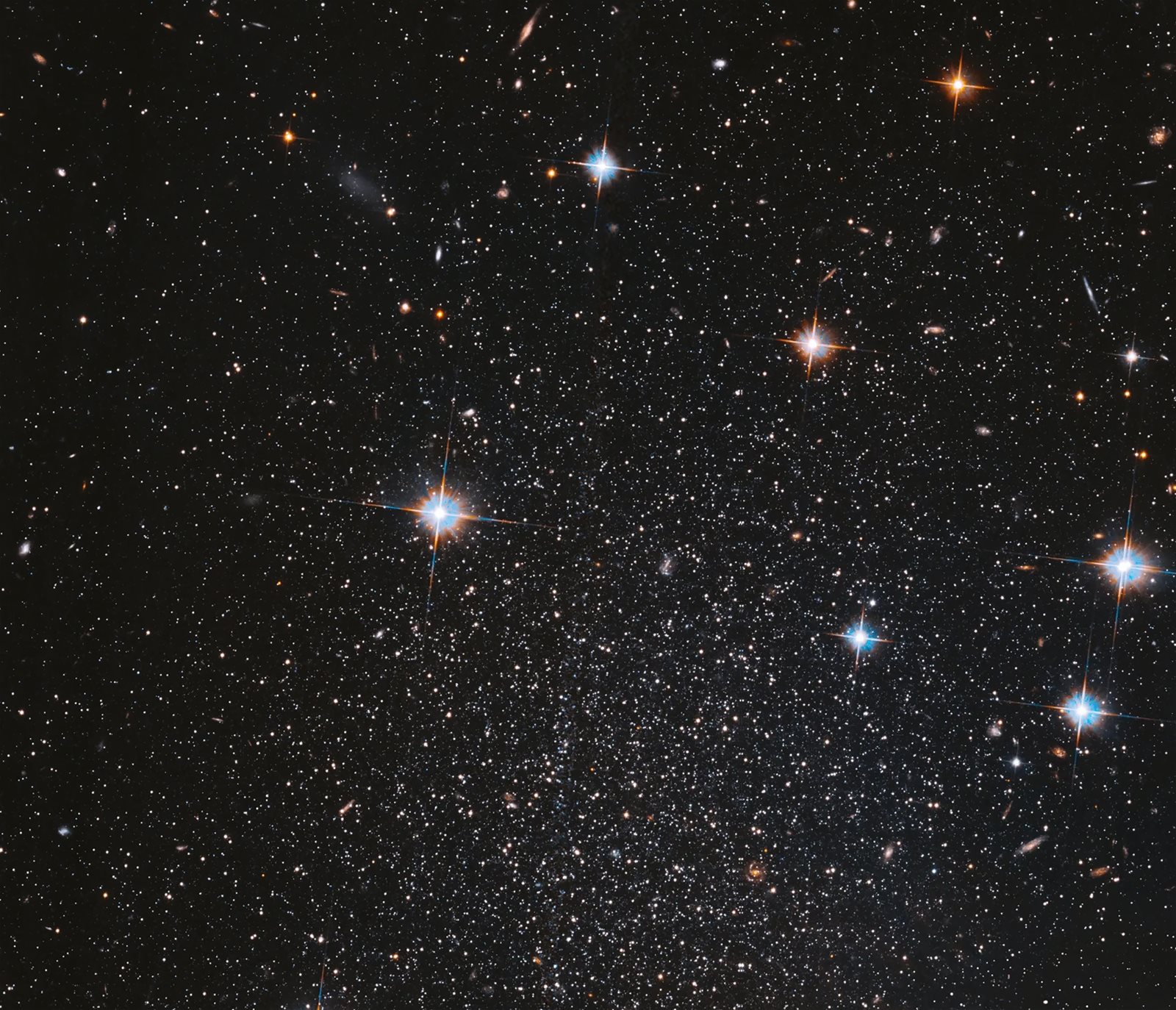
© NASA
New images released by NASA’s Hubble Space Telescope are of the Pegasus Dwarf Spheroidal Galaxy, also known as Andromeda VI. The Pegasus Dwarf is located in the Andromeda Galaxy, also called Messier 31, which is the Milky Way’s closest neighbour at about 2.5 million light years away. As such, Andromeda is one of the few galaxies visible to the naked eye – best observed in November. The images were captured as part of a re-examination of the entire Andromeda system, meant to gather further information to answer longstanding questions related to dark matter, reionisation and the growth of galactic ecosystems across cosmic time.
The Andromeda Galaxy is host to at least 13 dwarf galaxies that orbit around it, one of which is the Pegasus Dwarf Spheroidal Galaxy. The galaxy was first identified in 1998 thanks to the sharp eyes of an amateur astronomer. It almost slipped notice due to its dim nature and the relatively small sizes of dwarf spheroidal galaxies like this one. The Pegasus Dwarf, and galaxies like it, contain very few heavy elements – elements heavier than helium, such as carbon, oxygen and iron – suggesting it hasn’t experienced many cycles of star formation.